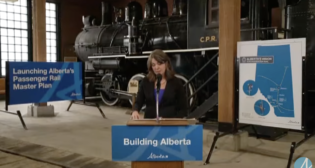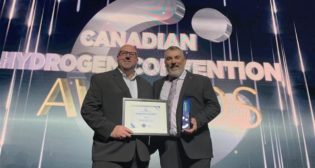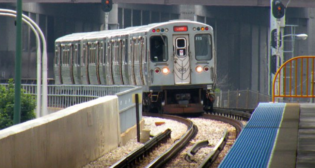
Kiewit/J.F. Shea JV Lands Amtrak Frederick Douglass Tunnel Contract
Written by William C. Vantuono, Editor-in-Chief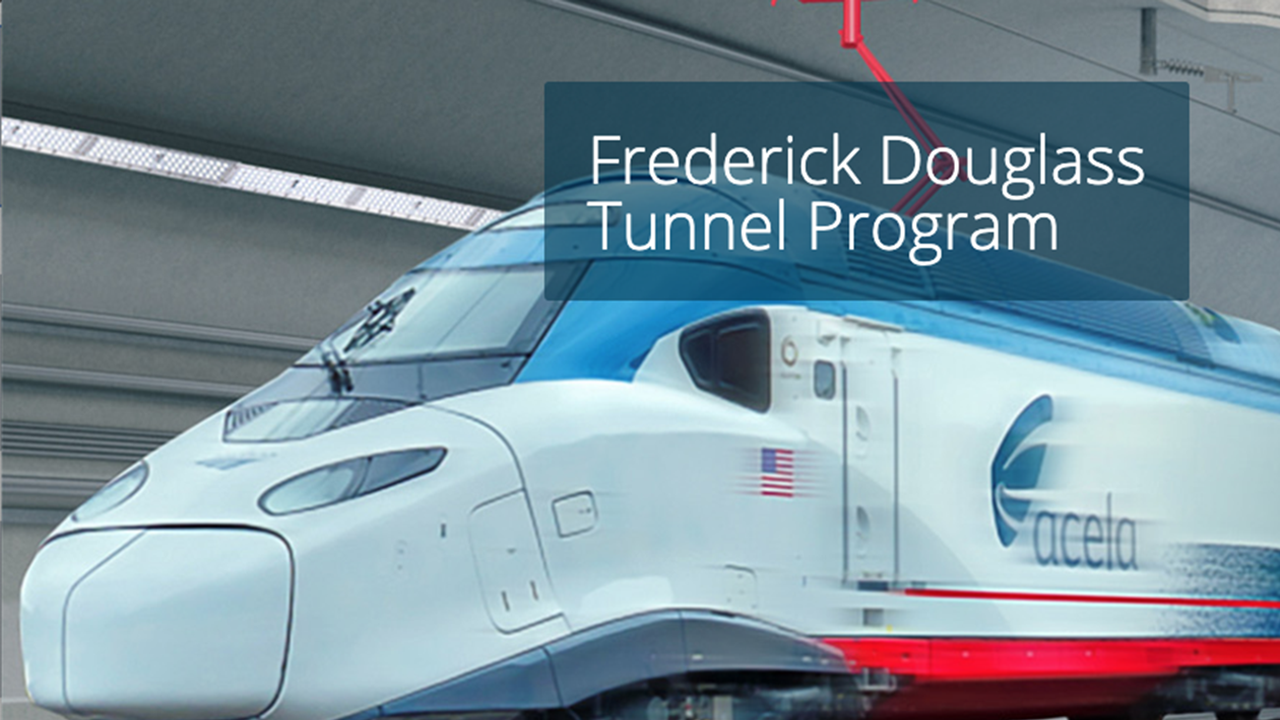
Amtrak illustration.
Amtrak has awarded a Kiewit/J.F. Shea Joint Venture to build the new, $6 billion Frederick Douglass Tunnel, which will serve electrified Amtrak and MARC commuter trains. Construction scheduled to begin in 2026; other activities are under way.
The Frederick Douglass Tunnel Program is the centerpiece of an Amtrak initiative to modernize and transform an approximately 10-mile section of the Northeast Corridor (NEC) south of Baltimore. The new tunnel, which will replace the aging B&P Tunnel, is named in honor of civil rights leader and abolitionist Frederick Douglass, a Maryland native whose 206th birthday is later this month. Located just south of Baltimore Penn Station, the new tunnel will consist of two parallel, single-track tubes, each approximately two miles long. It will also support much faster travel speeds than the existing tunnel, “the biggest passenger rail bottleneck on the Northeast Corridor between Washington, D.C. and New Jersey,” where trains are currently limited to maximum speeds of 30 mph by tight curves, according to Amtrak Executive Vice President, Capital Delivery Laura Mason.
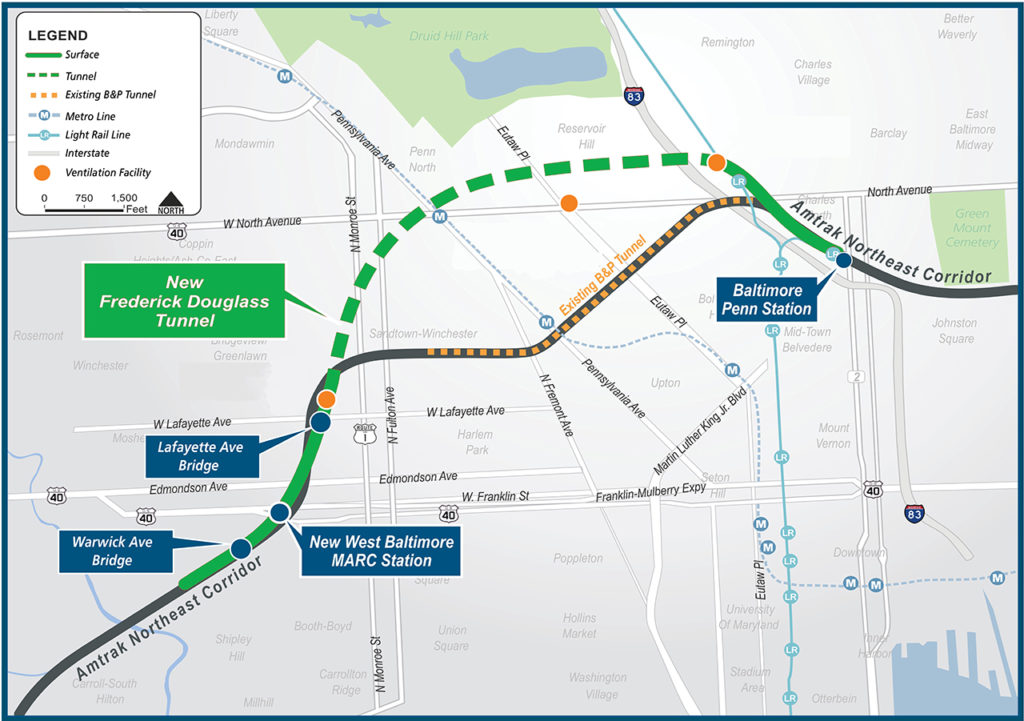
The overall Program is scheduled for completion in 2035 and will be delivered through three major construction contracts, which include 1) replacing five roadway and rail bridges; building new rail infrastructure (interlockings, tracks, catenary/power, etc.); and constructing a new ADA-accessible West Baltimore MARC Station; 2) building the Frederick Douglass Tunnel (both tubes); and 3) fitting out the new tunnel with tracks, rail systems and ventilation facilities. When the Frederick Douglass Tunnel opens, it will be the first new passenger rail tunnel built on the NEC since 1986, and the first in Maryland since 1934.
The existing B&P Tunnel opened in 1873 during the Ulysses S. Grant Administration. Amtrak noted it “has made significant investments to keep the B&P Tunnel safe and operational over the years. However, several age-related issues, including excessive water infiltration and a sinking floor, have required continuous upkeep.”
